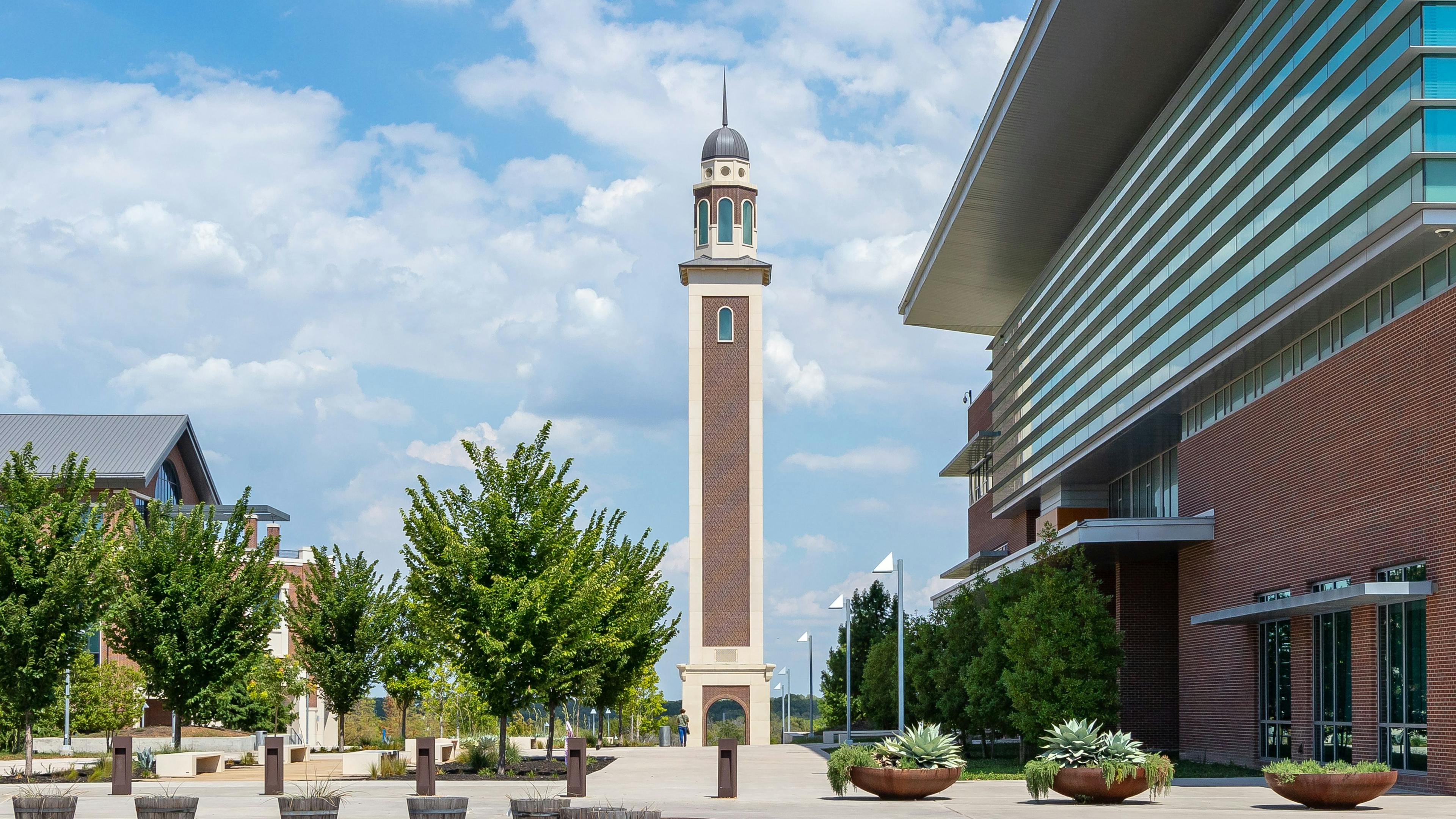
Upticks Ahead for School, Office, Recreation and Manufacturing Sectors
Construction firms should anticipate a sense of deceleration heading into 2018, but the industry still has room to grow this year as some sectors show continued expansion in terms of starts and spending. That’s the broad message Robert Murray, chief economist for Dodge Data & Analytics, relayed at the Dodge Outlook Executive Conference held in November.
Getting more number-specific, Murray predicts total construction starts will rise 3 percent in 2018 following a 4 percent gain in 2017. Notably, institutional construction starts rose 14 percent last year—keeping the nonresidential building market on an upswing as residential, commercial and public works starts stayed in the low single digits.
While single-family housing starts should rise about 7 percent this year, the multifamily sector is poised to dip 11 percent. New York City still dominates the top 10 metro areas for multifamily construction, followed by Los Angeles, Chicago, San Francisco, Washington, D.C, Atlanta, Boston, Miami, Seattle and Philadelphia.
Murray expects nonresidential building starts to increase 2 percent to 1,133 million square feet ($281.7 billion) in 2018.
Here’s how that breaks down by subsector.
Commercial
The office segment is approaching its peak, but not quite there yet, according to Murray. As such, square footage in this category should increase 6 percent this year following an 11 percent gain in 2017. Much of the new office space is tied to high-rises, and the market for alterations has strengthened considerably. The top metro areas for office construction include the usual big cities, as well as San Jose, Calif., Houston and Baltimore.
Next in line are warehouses, projected to see a 4 percent increase in dollar value to $21.5 billion. Here, demand is beginning to outpace supply.
Stores will experience a slightly more meager 3 percent increase in dollar value to $19 billion. This comes on the heels of a 16 percent decline in square footage in 2017—a downsizing trend that will continue. Some large mixed-use projects should help offset several large retail establishments’ store closings.
Finally, the hotel sector is gradually settling back and will decline 4 percent in dollar value to $15.9 billion in 2018.
Institutional
The passage of bond measures at state and local levels is providing a major support element for educational construction; plus, college endowment investment increased between 5 percent and 15 percent last year, according to Murray. Keep an eye onTexas, New York, California, Washington, Ohio, Wisconsin, Minnesota, Florida, Illinois and Michigan for the most K-12 construction spending.
Overall, educational building square footage is expected to rise 8 percent to 44 million square feet in 2018. In terms of dollar value, the increase will be 11 percent to $60.3 billion.
The amusement and recreational sector is another bright spot due to the development being planned in tandem with stadium and arena projects. Murray predicts 6 percent spending growth to $18.5 billion this year.
The health care sector won’t reach its full potential until there is some resolution on the repeal/replace policy front; as such, expect a 2 percent increase to $27.5 billion in 2018. Activity will be strongest in Pennsylvania, Texas, New York, Florida, Georgia, Ohio, California, Missouri, Colorado and Massachusetts.
Transportation terminals were the darling of the institutional category in 2017, rising 120 percent in dollar value to $20.6 billion. With that in mind, starts will pull back 4 percent to 21.5 million square feet this year, with a corresponding 23 percent dip in spending to $15.8 billion.
The six-year plummet in public building construction spending finally leveled off in 2015 and 2016, with starts climbing 14 percent to a still-depressed 17.3 million square feet last year. Going forward in 2018, the country will see a modest 3 percent gain to reach 17.9 million square feet ($9 billion dollar value).
Industrial
According to Murray, improvement in the export environment should support manufacturing plant construction this year to the tune of a 6 percent increase in square footage. Meanwhile, the dollar value will retreat 1 percent to $25.1 billion in 2018 in light of a 27 percent surge last year.
There’s not much good news on the electric utility and gas plant front. This category dropped 31 percent to $32 billion in 2017 and is forecast to fall another 13 percent to $28 billion this year.
Public Works and Infrastructure
Highway and bridge construction stabilized at $61.5 billion last year, and near-term improvements in federal, state and local funding should push that number up 5 percent to $64.8 billion this year. The nation’s largest and most populous states continue to boast the most roadwork: Texas, California, Florida, Pennsylvania, New York, Ohio, North Carolina, Illinois, Georgia and New Jersey.
Environmental public works are poised to experience a nice bump in activity due to hurricane reconstruction efforts and the growing demand for water/wastewater system upgrades. Last year’s 11 percent decline will be largely corrected by a 9 increase this year to $32.3 billion.
Joanna Masterson was a writer and editor for Construction Executive for more than a decade.
Related stories








